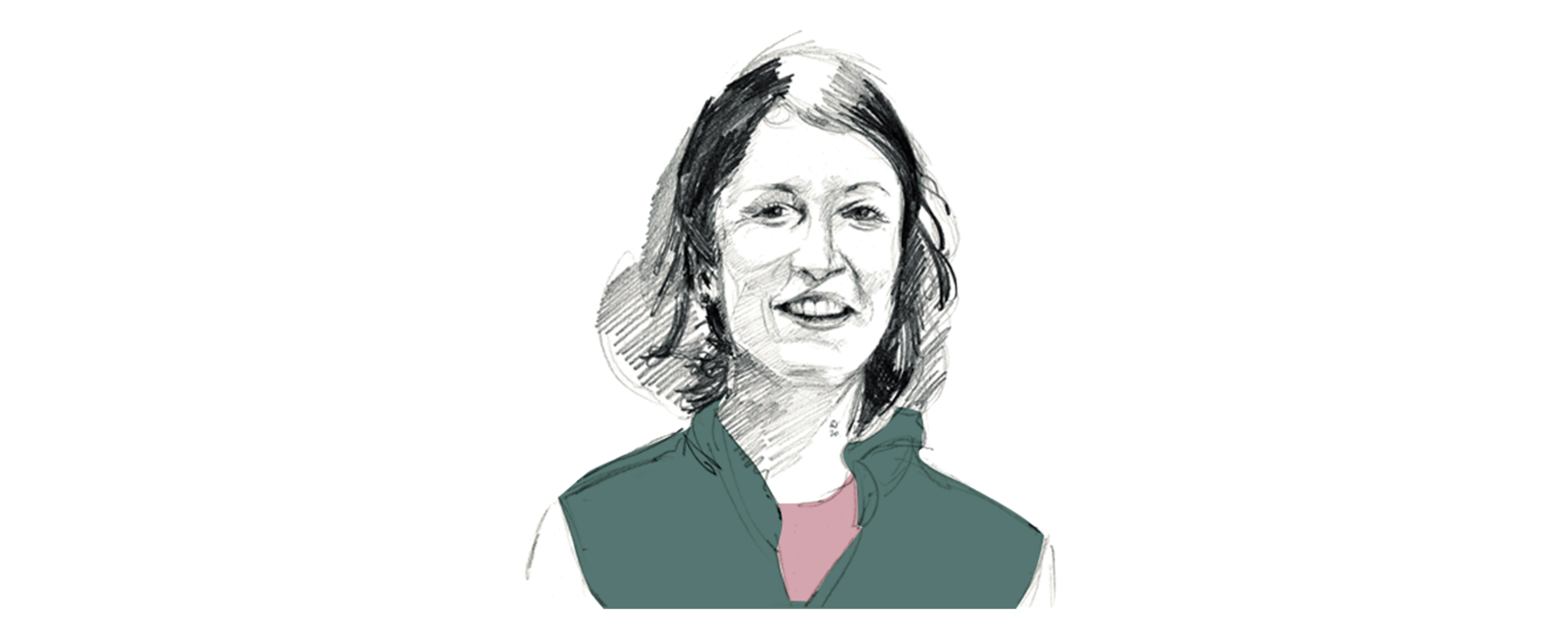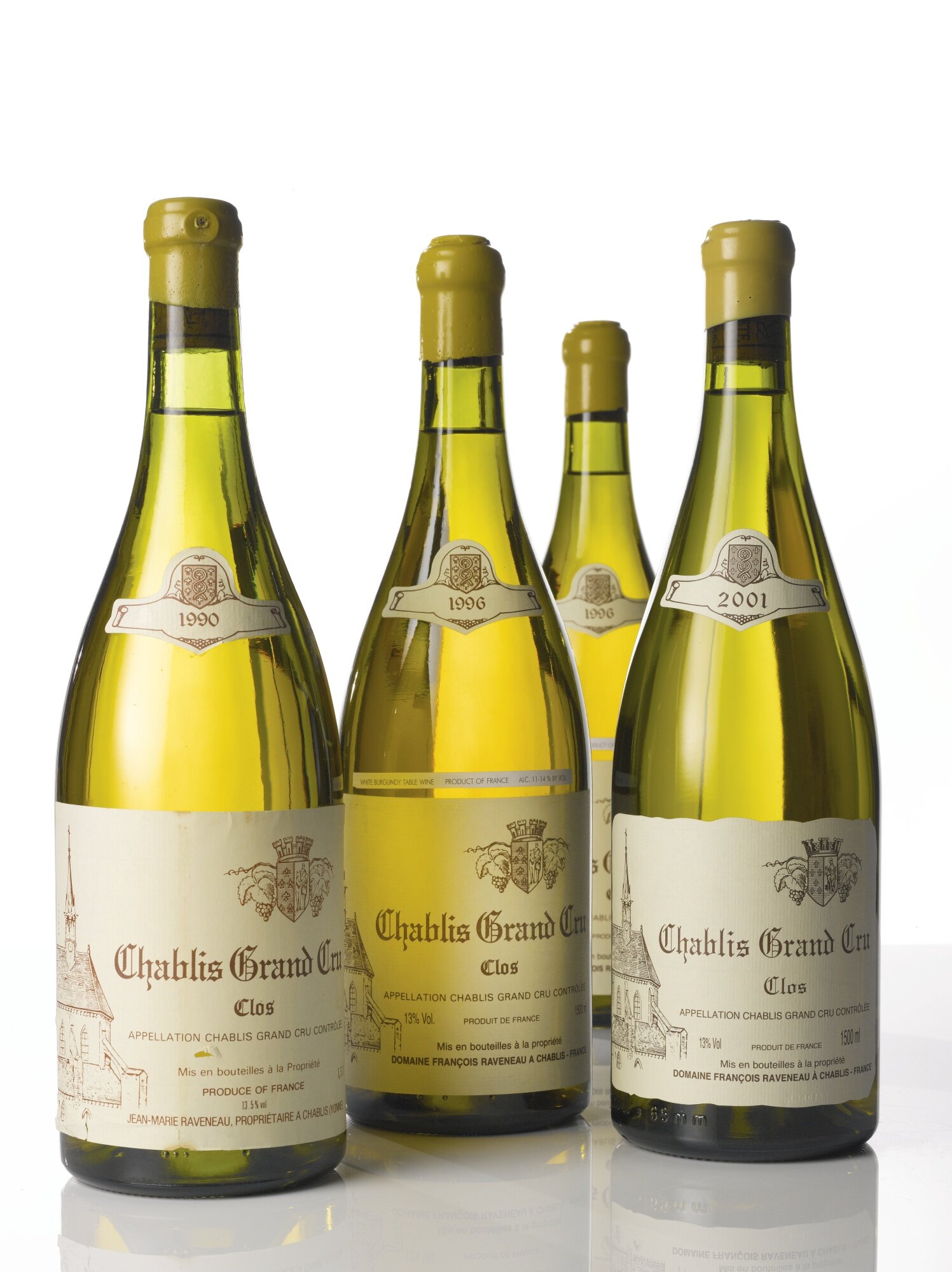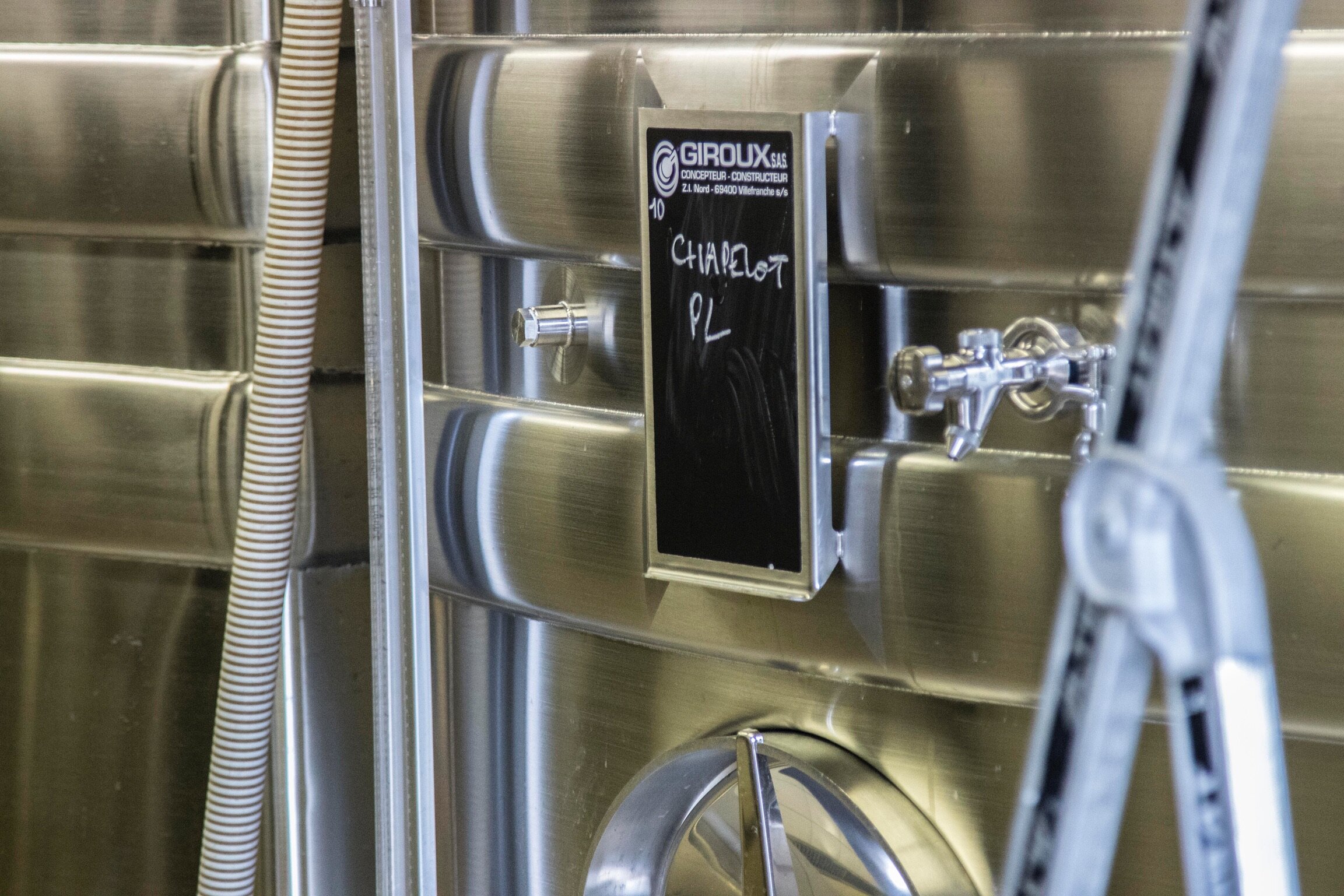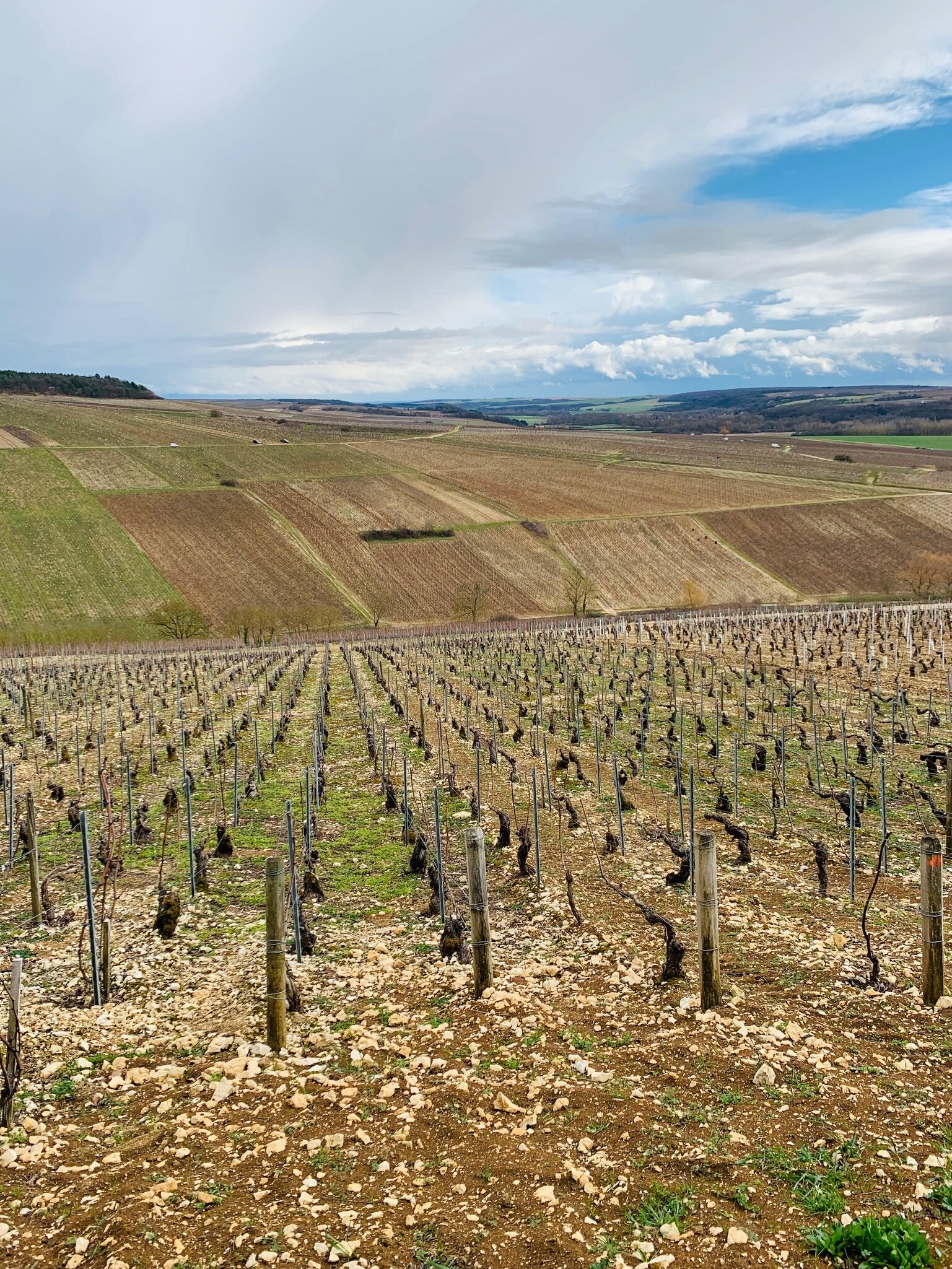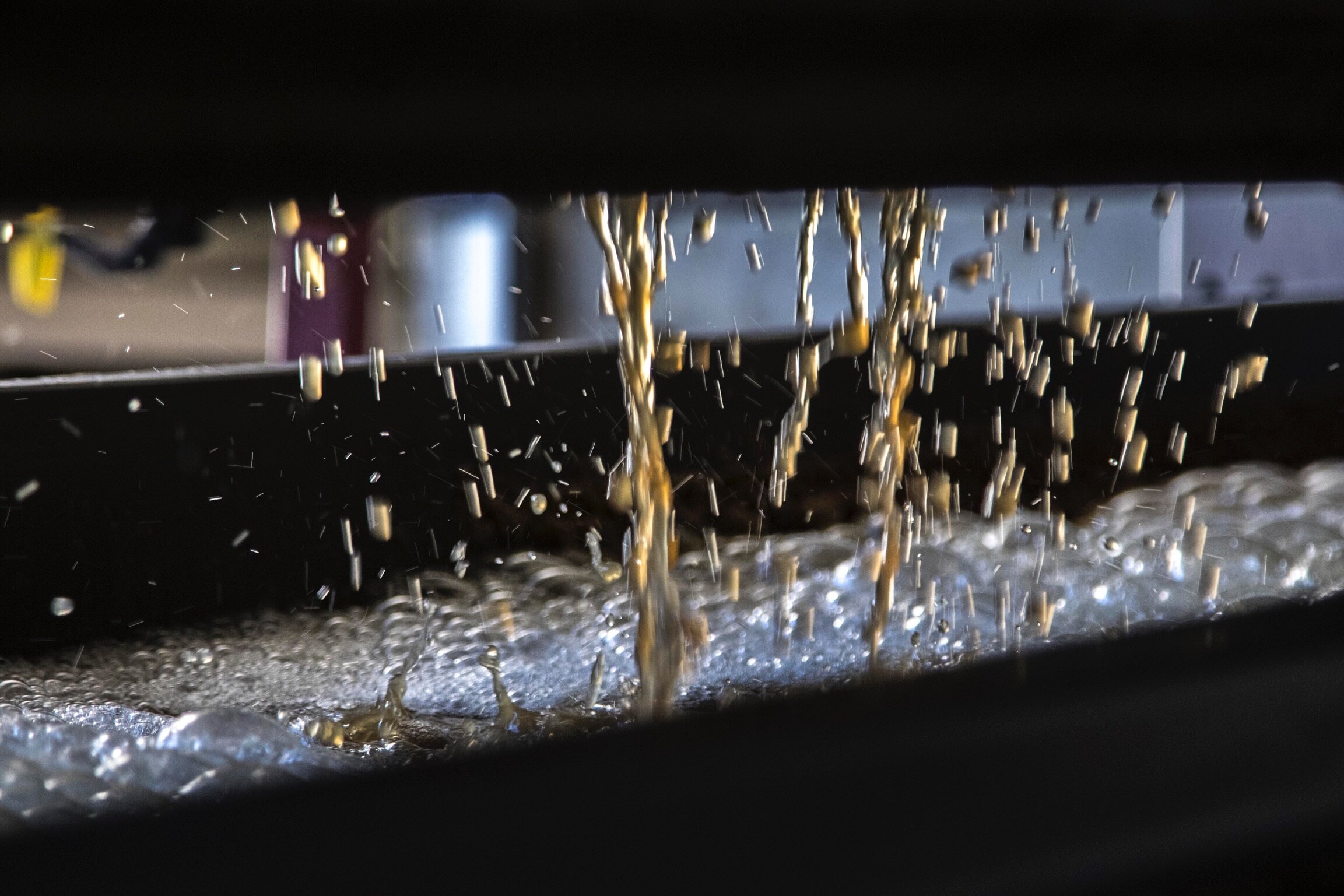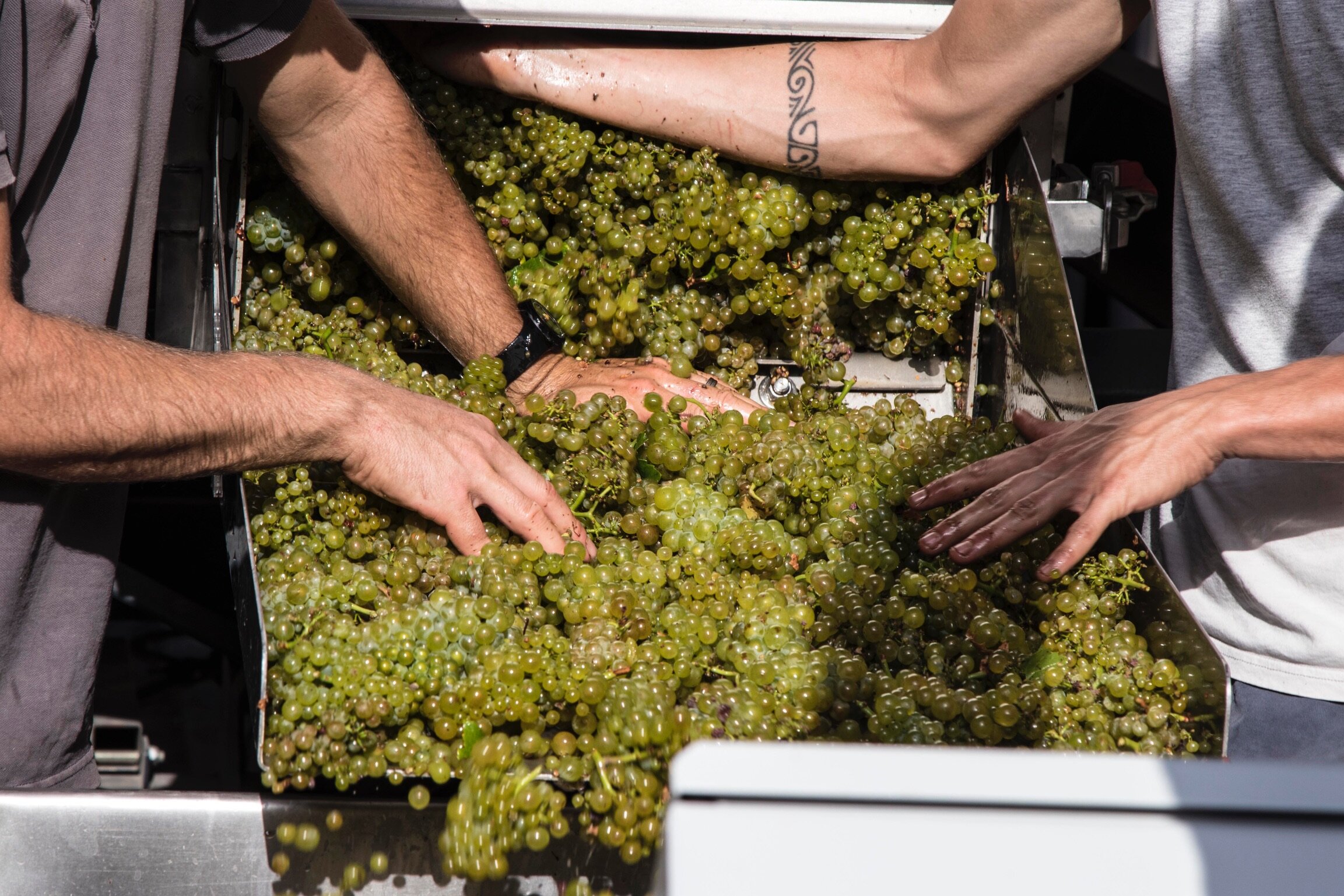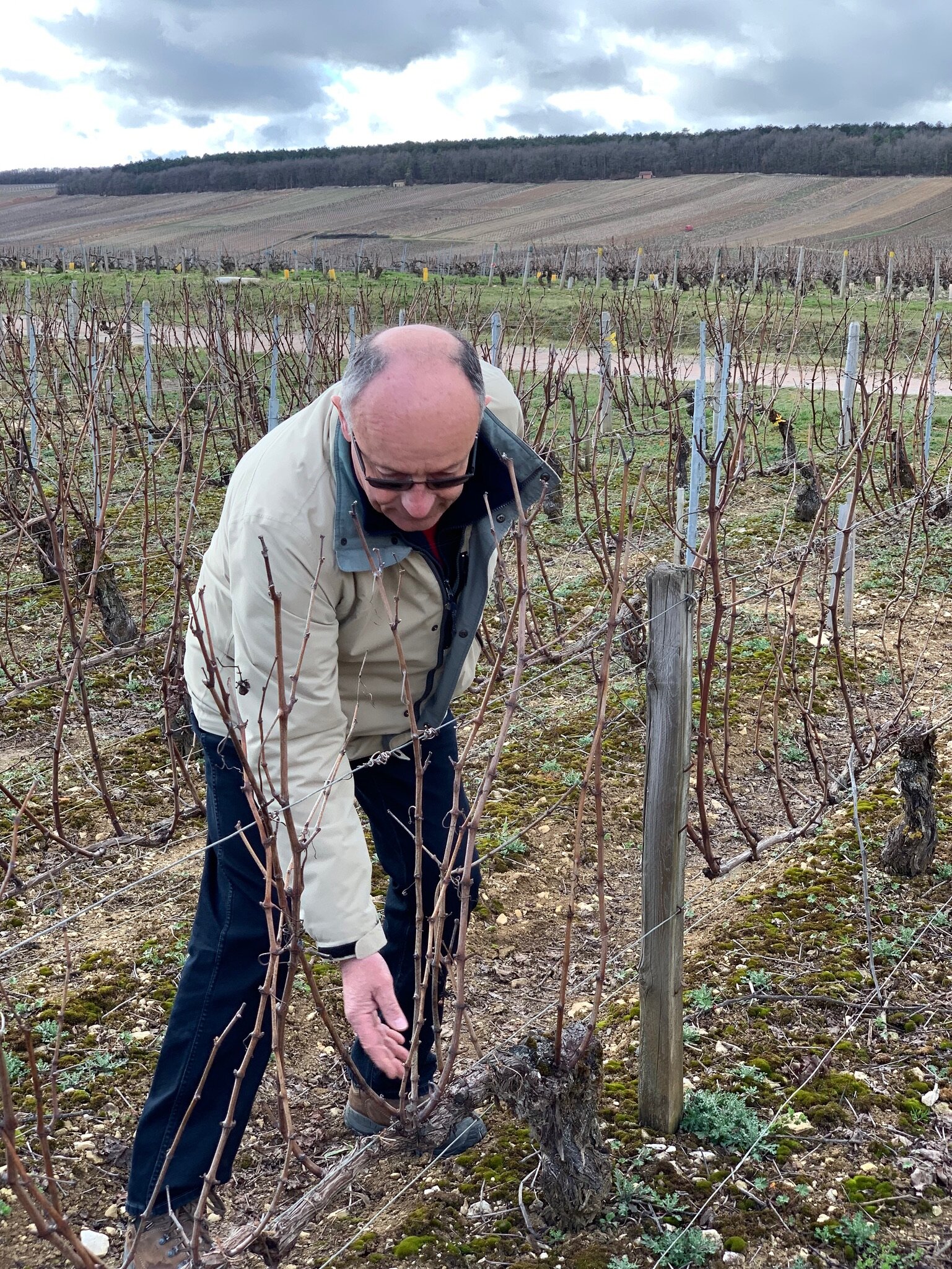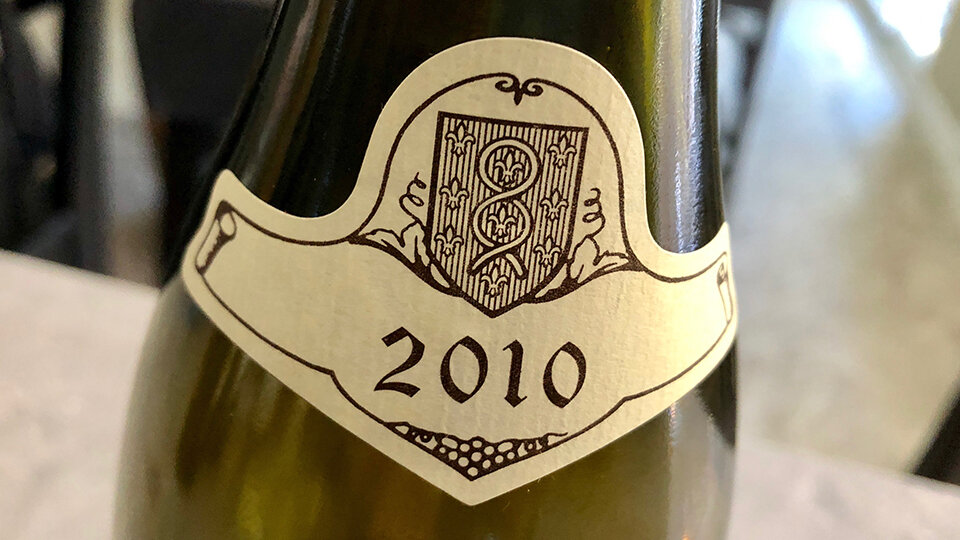DOMAINE FRANÇOIS RAVENEAU
Chablis
Domaine Raveneau is arguably the greatest estate in Chablis. The domaine produces limited quantities of wines from the village’s top vineyards. The domaine’s holdings include 3 Grand Cru vineyards: Blanchot, Les Clos, and Valmur; and a selection of Premier Crus: Montée de Tonnerre, Les Vaillons, Butteaux, Chapelot, Mont-Mains, and Forêt.
The domaine’s creation dates back to 1948 when François Raveneau consolidated his holdings with his wife’s parcels. François Raveneau built the reputation of this estate thanks to his inimitable style and incredible consistency in quality. His son, Jean-Marie Raveneau began working at the domaine in 1978, officially taking the reins from François in 1988. Jean-Marie’s older brother, Bernard, only returned to work for the family domaine in 1995. Today, they have a loosely split work between them, with Jean-Marie in the vineyards and Bernard in the cellar —a division that will seemingly be continued by Jean-Marie’s son Maxime and Bernard’s daughter Isabelle.
In the Vineyard
As for most great winegrowers, the real secret to Raveneau’s quality lays in the vineyards and their meticulous care.
From vine to glass, the Raveneaus continue to do things the old-fashioned way. The yields are kept very low. The vines are generally pruned according to the double Guyot method, leaving seven or eight buds per cane, and they’re often de-leafed on the shade side before harvest.
In the Cellar
The Raveneau family harvests their entire crop by hand, something of a rarity in Chablis. The fruit is pressed immediately after arriving in the cellar and settled for half a day. Fermentation is carried out with indigenous yeast in stainless-steel-vats. Once the alcoholic and malolactic fermentations are done, the wines are racked off their lees and put in used feuillettes, Chablis’ traditional 132-liter barrels, for 12-15 months, keeping only fine lees. Averaging seven to eight years in age, the barrels don’t give new oak aromas and flavors but help to gently open the wine during the élevage.
After this aging process, the wines are transferred back to stainless-still-vats for 3-6 months before being bottled. The domaine often waits a further 6 months after bottling before releasing the wines.
Chablis Grand Cru
Clos
This cuvee is made from 0.5 hectares of 45-year-old vines in the Grand Cru climat of Les Clos. Domaine Raveneau always writes “Clos” without the article on their labels.
Chablis Grand Cru
Valmur
This Valmur is made from 0.75 hectares of 40-year-old vines.
Chablis Grand Cru
Blanchot
This Blanchot is made from 0.64 hectares of 85-year-old vines.
Chablis 1er Cru
Vaillons
This Vaillons is made from 0.40 hectares of 33-year-old vines.
Chablis 1er Cru
Butteaux
This Butteaux comes from 1.50 hectares of 45 year-old vines.
Chablis 1er Cru
Montée de Tonnerre
The vineyard of Montée de Tonnerre is located on the same south-facing slope as the grand crus.
This Montée de Tonnerre is made from blending grapes from 1.8 hectares of vines in the lieu-dit of Chapelot and 1.2 hectares of vines in the cooler, racier lieu-dit of Pied d’Aloup.
In big vintages, a separate bottling of Chapelot is produced in addition to the regular cuvee of Montée de Tonnerre
Chablis 1er Cru
Mont-Mains
This Chablis 1er Cru Monts Mains come from 0.36 hectares of 20-year-old vines.
Chablis 1er Cru
Forêt
This Chablis 1er Cru Forêt is made from 0.67 hectares of 15-year-old vines.
Chablis Village
Raveneau’s Chablis Village is made from 0.91 hectares of 9-year-old vines.
Petit Chablis
This petit Chablis is made from a 0.82-hectare plot of young vines.


